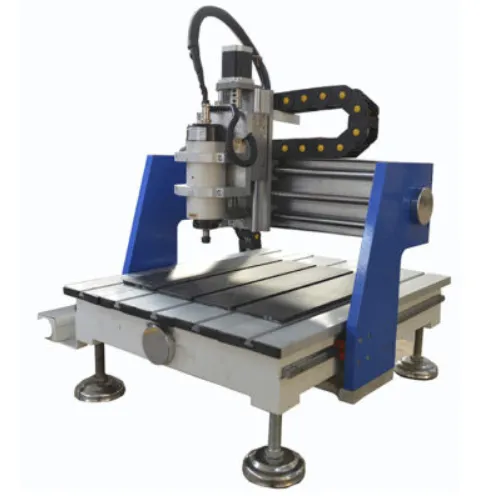The rise of mini CNC mills has revolutionized prototyping, small-batch production, and educational machining by bringing industrial-grade precision to compact, affordable platforms. These machines, typically featuring working envelopes between 6″×4″×4″ and 12″×8″×5″, achieve positioning accuracies of ±0.001″ to ±0.005″ using ground ball screws and linear guides – specifications that rival industrial VMCs when properly calibrated. Unlike their manual benchtop counterparts, mini CNC mills like the Tormach PCNC 440 or Haas Mini Mill employ full closed-loop servo systems with 10,000-15,000 RPM spindles capable of machining aluminum at 50-100 in³/hr removal rates, steel at 15-30 in³/hr, and even titanium with reduced parameters.
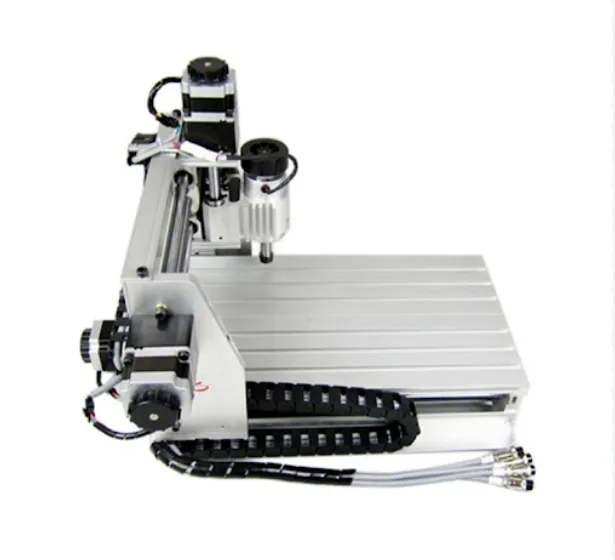 Critical to their performance is the hybrid construction approach: cast iron or polymer granite bases provide vibration damping comparable to full-size machines (achieving <0.0005″ surface finish on 6061 aluminum), while compact 400W-1.5kW servo motors deliver enough torque for 1/4″ carbide end mills to run at optimal chip loads. Advanced models now incorporate features once exclusive to industrial equipment – 20+ tool ATC systems, through-spindle coolant at 100-300 psi, and rigid tapping capabilities up to M8 threads. The control systems have similarly evolved; modern mini mills run full-fledged CNC controllers (often LinuxCNC or modified Fanuc variants) that support 4th-axis indexing and G76 threading cycles while maintaining 0.0001″ resolution.
Critical to their performance is the hybrid construction approach: cast iron or polymer granite bases provide vibration damping comparable to full-size machines (achieving <0.0005″ surface finish on 6061 aluminum), while compact 400W-1.5kW servo motors deliver enough torque for 1/4″ carbide end mills to run at optimal chip loads. Advanced models now incorporate features once exclusive to industrial equipment – 20+ tool ATC systems, through-spindle coolant at 100-300 psi, and rigid tapping capabilities up to M8 threads. The control systems have similarly evolved; modern mini mills run full-fledged CNC controllers (often LinuxCNC or modified Fanuc variants) that support 4th-axis indexing and G76 threading cycles while maintaining 0.0001″ resolution.
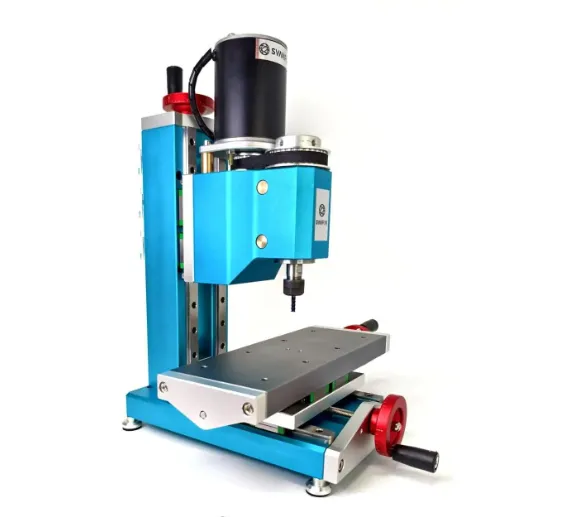
Material capabilities continue to expand with the adoption of high-efficiency toolpaths. Using trochoidal milling strategies, a well-tuned mini CNC can machine 304 stainless steel at 0.003″ chipload with 3/8″ tools, achieving 0.8-1.2 cubic inches/minute removal rates – performance that would have required a 5HP VMC a decade ago. The proliferation of shrink-fit tooling (now available in BT30 taper mini versions) and high-pressure coolant systems (up to 500 psi on premium models) has further closed the gap with industrial machines. Surprisingly, thermal stability – traditionally a weakness of small machines – has improved dramatically through active cooling of ball screws and spindle cartridges, allowing some models to hold ±0.001″ dimensional tolerance over 8-hour machining sessions in uncontrolled shop environments.
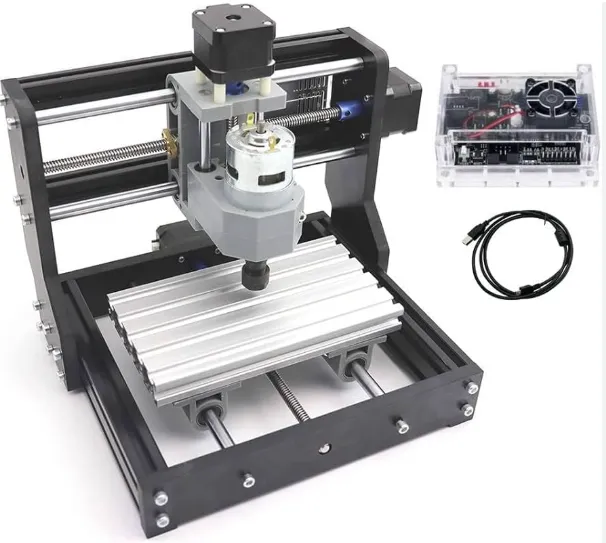
Educational institutions and makerspaces have particularly benefited from these advancements. MIT’s machine shop reports their ProtoTRAK-equipped mini mills now handle 80% of student projects that previously required full-size VMCs, while maintaining 0.002″ positional accuracy across 500+ hours of annual use. The aerospace sector has taken notice too – SpaceX’s Hawthorne facility utilizes modified Pocket NC machines for rapid aluminum satellite component prototyping, achieving 16-32 μin surface finishes with diamond-coated tools. Even the medical device industry employs them for machining cobalt-chrome orthopedic prototypes, where their ability to maintain 0.0005″ roundness in <1″ diameter bores proves invaluable.
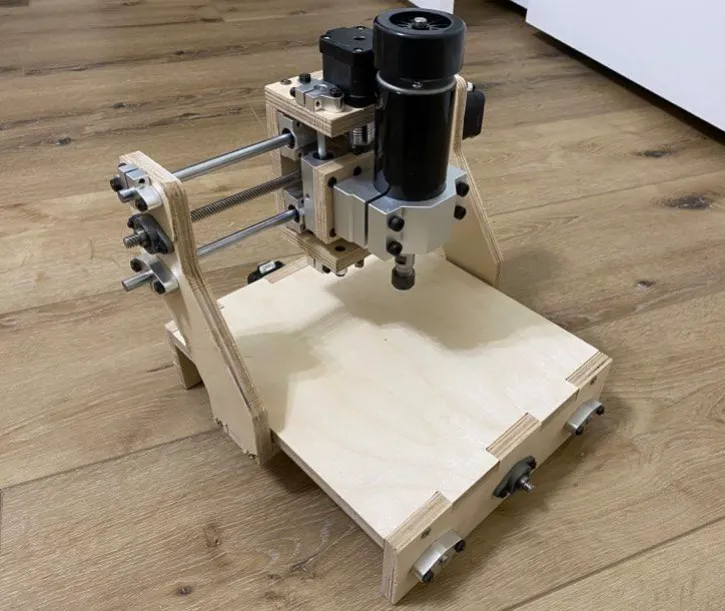
The latest generation pushes boundaries further with integrated automation. The DATRON Neo includes a 6-position automatic tool changer and robotic part loading in a 3’×2′ footprint, enabling lights-out production of brass watch components with ±5μm repeatability. Meanwhile, hobbyist-grade machines like the Nomad 3 now incorporate carbide-ready spindles and 50,000 RPM options for micromachining, blurring the line between desktop and specialty equipment. As linear motor technology trickles down from industrial models (some Chinese manufacturers already offer 2m/s rapid mini mills), these compact powerhouses continue redefining what’s possible in small-scale precision manufacturing.
